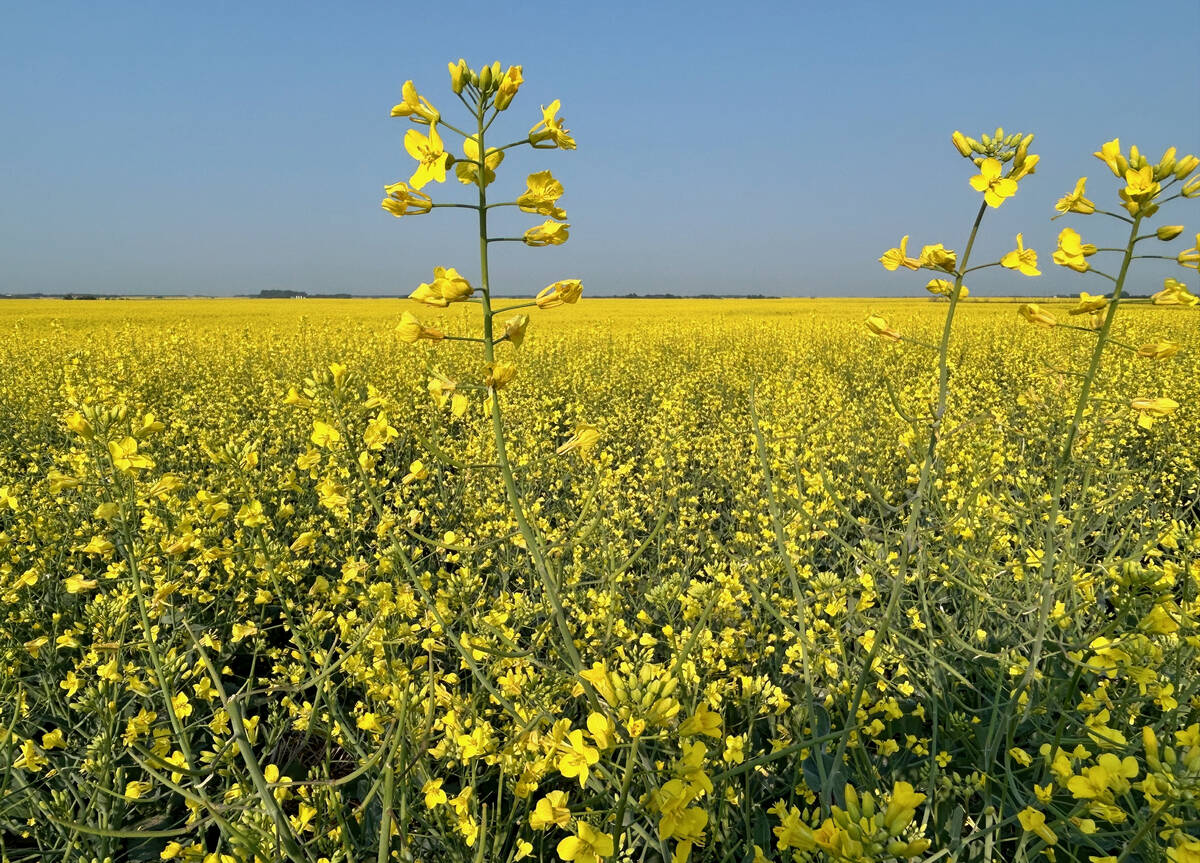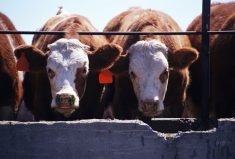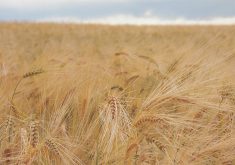Compared to last week, western Canadian yearlings traded steady to $5/cwt higher. Feeders in the 650- to 800-lb. category appeared to jump $4/cwt to as much as $8/cwt in some cases. Calves under 650 lbs. were up $5-$10/cwt. Alberta packers were buying fed cattle in southern Alberta on a live basis at $222/cwt f.o.b. the feedlot. Break-even pen closeouts are $218-$220/cwt.
Feedlot margins are hovering in the range of $30-$60/head, which appears to have renewed buying interest from the finishing operator. Secondly, the feeder market continues to factor in barley prices sub-$300/tonne in southern Alberta during the fall. This has been the main driver of feeders under 700 lbs. Feedlot operators have been liquidating larger volumes of fed cattle over the past month and there is significant open demand. One month from now, feeder volumes will become scarce; the premium quality cattle will have moved through the pipeline. Therefore, waiting is not an option. The winter storm in Manitoba and eastern Saskatchewan caused the cancellation of sales or limited volumes at some auction barns.
Read Also

ICE canola weekly outlook: Slowly grinding higher
ICE canola futures saw some choppy activity during the week ended Nov. 26, falling below nearby support at one point before clawing back from those losses to continue their steady uptrend of the past two months.
In central Alberta, larger-frame Simmental cross steers with very light butter on silage diet with full health records and age verification averaging 860 lbs. dropped the gavel at $266. In the same region, Charolais-based steers carrying medium to lower flesh on light barley diet with full health and age data crossed the scale at 805 lbs. and notched the chart at $284.
In southern Alberta, medium to larger Angus cross heifers on corn silage diet with full health and age data averaging 860 lbs. sold for $252. In the Lethbridge area, a larger group of 800-lb. low-flesh Angus steers startled the crowd by selling for $298.
North of Calgary, Charolais-based steers with lower butter weighing 720 lbs. traded at $315 and similar-quality heifers averaging 705 lbs. sold for $284. South of Edmonton, tan weaned larger-frame steers weighing 620 lbs. charted course at $336; in central Saskatchewan, a handful of silver-coloured steers weighing 670 lbs. sold for $318. Near Lethbridge, Angus-based heifers weighing 600 lbs. dropped the gavel at $302.
In central Saskatchewan, a smaller group of tan steers weighing 540 lbs. stopped bids at $351 and red white-face heifers weighing 525 lbs. sold for $303. In central Alberta, mixed steers weighing 515 lbs. were valued at $360 and mixed steers averaging 430 lbs. were quoted at $377.
Good-quality cow-calf pairs are now trading in the range of $3,500-$3,800. The function of the feeder market is to encourage expansion and feeder cattle futures continue to percolate higher. Feeders are being committed for fall delivery and we’re now at the stage where sellers are backing away from the market. Backgrounders and cow-calf producers are in the mindset to wait a couple of weeks before committing to additional sales.
— Jerry Klassen is president and founder of Resilient Capital, specializing in proprietary commodity futures trading and market analysis. Jerry consults with feedlots on risk management and writes a weekly cattle market commentary. He can be reached at 204-504-8339 or via his website at ResilCapital.com.
















